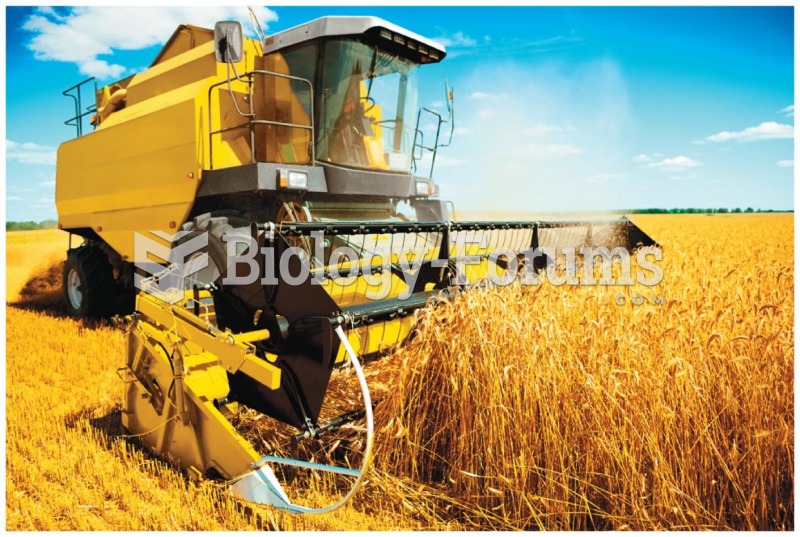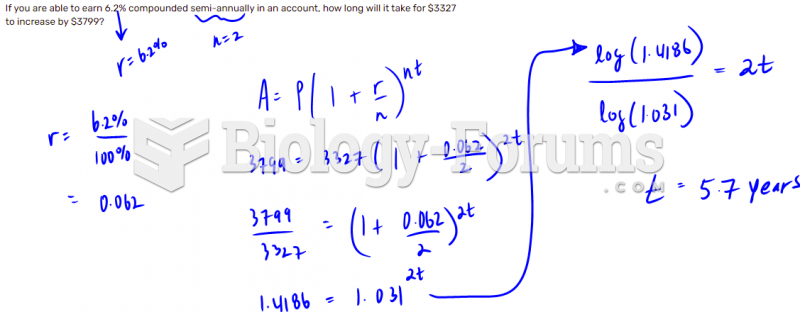Answer to Question 1
B
Answer to Question 2
1. The simple costing system (Panel A of Solution Exhibit 5- 25) reports the following:
Baked
Goods Milk &
Fruit Juice Frozen
Products
Total
Revenues
Costs
Cost of goods sold
Store support (30 of COGS)
Total costs
Operating income
Operating income Revenues 59,500
36,000
10,800
46,800
12,700
21.34 66,000
48,000
14,400
62,400
3,600
5.45 51,000
34,000
10,200
44,200
6,800
13.33 176,500
118,000
35,400
153,400
23,100
13.09
2. The ABC system (Panel B of Solution Exhibit 5- 25) reports the following:
Baked
Goods Milk &
Fruit Juice Frozen
Products
Total
Revenues
Costs
Cost of goods sold
Ordering (102 25; 20; 15)
Delivery (78 90; 35; 30)
Shelf-stocking (21 190; 180; 40)
Customer support
(0.22 13,500; 17,500; 8,000)
Total costs
Operating income
Operating income Revenues 59,500
36,000
2,550
7,020
3,990
2,970
52,530
6,970
11.71 66,000
48,000
2,040
2,730
3,780
3,850
60,400
5,600
8.48 51,000
34,000
1,530
2,340
840
1,760
40,470
10,530
20.65 176,500
118,000
6,120
12,090
8,610
8,580
153,400
23,100
13.09
These activity costs are based on the following:
Activity
Cost Allocation Rate Baked
Goods Milk &
Fruit Juice Frozen
Products
Ordering
Delivery
Shelf-stocking
Customer support 102 per purchase order
78 per delivery
21 per hour
0.22 per item sold 25
90
190
13,500 20
35
180
17,500 15
30
40
8,000
3. The rankings of products in terms of relative profitability are:
Simple Costing System ABC System
1. Baked goods 21.33
2. Frozen products 13.33
3. Milk & fruit juice 5.45 Frozen products 20.65
Baked goods 11.71
Milk & fruit juice 8.48
The percentage revenue, COGS, and activity costs for each product line are:
Baked Goods Milk & Fruit Juice Frozen Products
Total
Revenues
COGS
Activity areas:
Ordering
Delivery
Shelf-stocking
Customer support 33.71
30.51
41.67
58.06
46.34
34.62 37.39
40.68
33.33
22.58
43.90
44.87 28.90
28.81
25.00
19.36
9.76
20.51 100.00
100.00
100.00
100.00
100.00
100.00
The baked goods line drops sizably in profitability when ABC is used. Although it constitutes 30.71 of COGS, it uses a higher percentage of total resources in each activity area, especially the high-cost delivery activity area. In contrast, frozen products draw a much lower percentage of total resources used in each activity area than its percentage of total COGS. Hence, under ABC, frozen products are much more profitable.
Henderson Supermarkets may want to explore ways to increase sales of frozen products. It may also want to explore price increases on baked goods.
EXHIBIT 5- 25
Product-Costing Overviews of Henderson Supermarkets
PANEL A: SIMPLE COSTING SYSTEM
PANEL B: ABC SYSTEM







